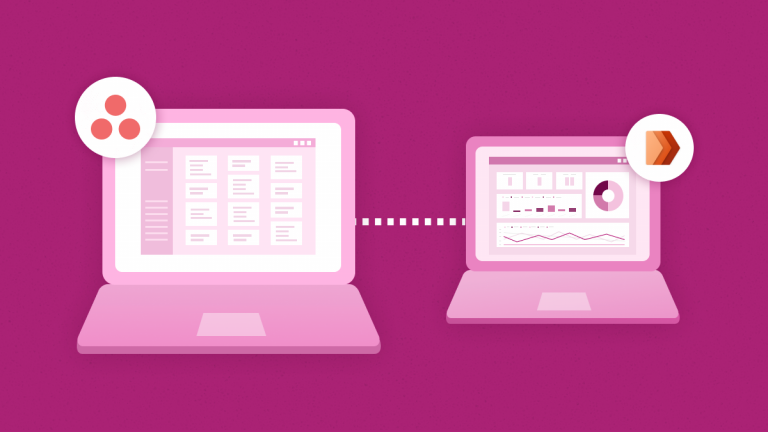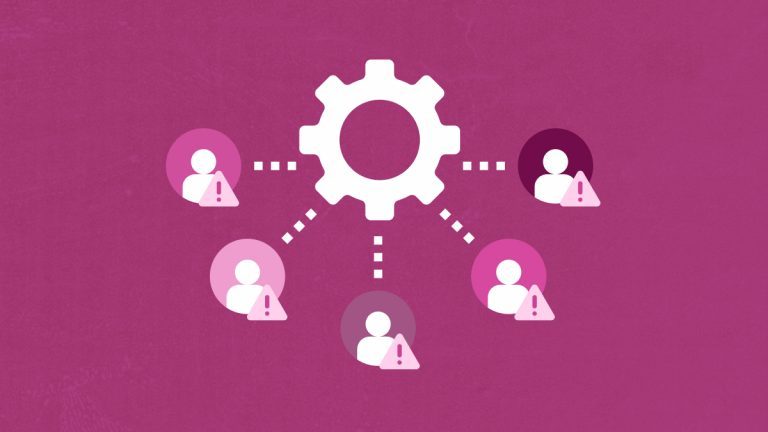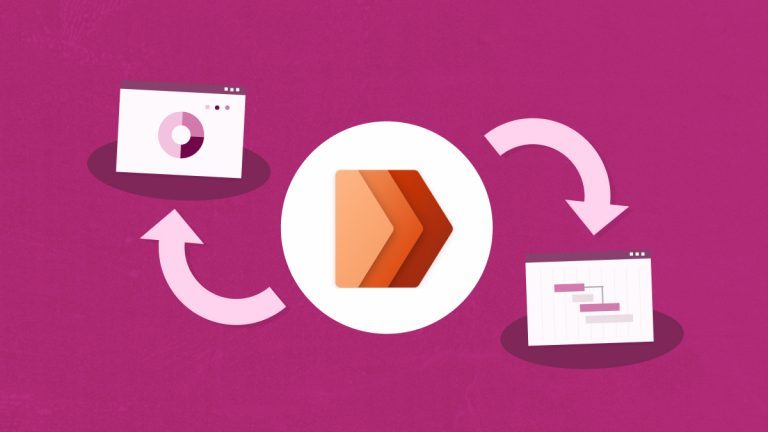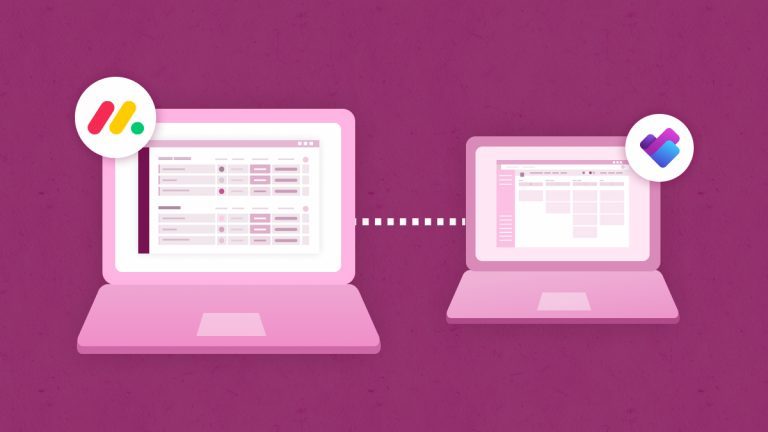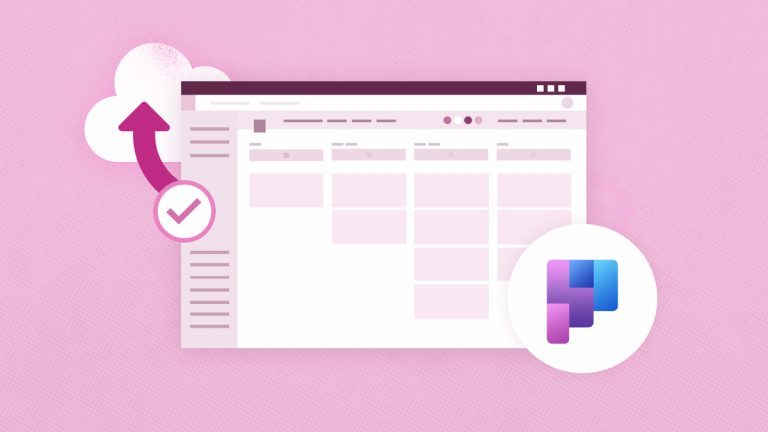
Elena Humeniuk
PPM Consultant
Organizations want the best, innovative ways to manage project portfolios. A project management tool is essential, especially one that offers a simple, feature-rich design. Some project managers prefer to use Asana project management software because it promises great success. But what PMO directors desire most is to be appropriately guided in making a choice that suits their organization’s needs.
While Asana is effective, it might not be the best for managing projects
Project managers who opt for Asana software do so for several reasons:
- Some companies struggle to create and bring tasks together for effective tracking. But Asana task manager allows project managers to create tasks as part of a large project. Tasks are then assigned to team members and scheduled a project deadline.
- Asana workflow enables efficient collaboration on assigned tasks, such as attaching files for document sharing and posting comments for prompt communication.
- Asana workspaces enable teams to receive, share, and break complex tasks into manageable portions. The productive collaboration functionality accelerates performance on different project workflows.
- It has robust email integration, and you can view all your tasks in one place.
Asana boasts excellent features for project management. Even some Asana competitors appreciate the company’s powerful and flexible project management interface. Offering a friendly price tag and a competent free version, these functionalities and others make Asana project management software very attractive.
But there are many other project management tools with more advanced capabilities. One Asana alternative is Microsoft Project for the Web:
- While you can only add one team member on Asana, Project for the Web allows you to assign tasks to multiple members.
- Too many features on Asana means new users must get onboarding training, thereby incurring additional costs and time spent. But Project for the Web gives you straightforward project management operations without other expenses or time wasted.
- Project for the Web enables you to create roadmaps enabling you to review all the work and get the latest updates on the progress.
- It features project visualization in a hierarchical structure.
- It also integrates with Microsoft Teams, so that team collaboration gets easier.
So, if you’re an Asana user who wants to switch from Asana to Microsoft Project for the Web, consider an automated migration solution.
Choosing the right migration tool is the key to success
Many companies struggle with migrating data from their old system to a preferred data management software. Most project managers failed to adopt the right project migration approach. If you’re finding it challenging to come up with the right choice, we’ve got you covered. With over a decade of experience in project management initiatives, we recommend a solution to migrate from Asana to Project for the Web that guarantees results: FluentPro Project Migrator.
How Project Migrator helps move data
Project Migrator is a robust cloud-based platform with advanced migration capabilities. Hundreds of project managers use it to migrate data between different project management systems. From Asana software to Project for the Web, Project Migrator is the go-to choice.
The built-in, user-friendly data-mapping technology allows the project manager to select which data goes to which predetermined project field. It enables users to view the new target software perfectly and enjoy its beneficial features.
Project Migrator’s automated data transfer process ensures all data is secured from data loss risks. Moreover, by eliminating manual data migration, Project Migrator enhances the timely execution of data transfer tasks for optimum portfolio performance. Lastly, Project Migrator supports the best and latest security standards, guaranteeing safe use of the new project management system, such as Project for the Web.
Just say “yes” and avoid migration challenges
When businesses fail to take advantage of technologies like Project Migrator, they risk diminishing productivity and profits. Manual migration and other rudimentary approaches lead to many negative consequences, including human errors and the loss of critical company data. And hiring more hands only adds to the company’s rising operating costs. Manually computing and migrating all vital data takes a long time, and success is not guaranteed. Your company risks lowering its ROI and possibly losing contracts.
Level-up by choosing Project Migrator as your go-to migration wizard.
The numerous benefits of using Project Migrator
- Project Migrator runs on Microsoft Azure Storage to assure data security.
- Your company will quickly reap the rewards of success, safe in the certainty that no human factors or data leakage will occur again. The information can be trusted to be as accurate as when it was collected.
- It eliminates manual migration and instead uses cloud networks to increase accurate and efficient data transfer that is reliable and error-free.
- It uses less physical labor, resulting in less disruption to normal business operations. All tasks are streamlined and mechanized. It helps to optimize resources to satisfy the growing demands of business datasets.
Request a trial
to see how Project Migrator works


